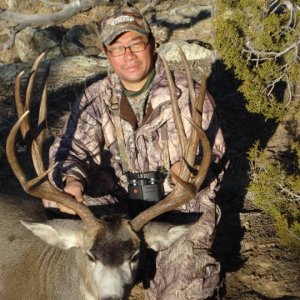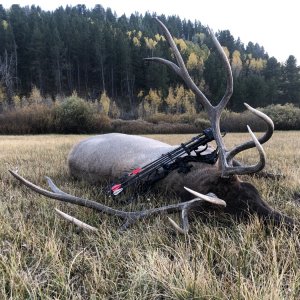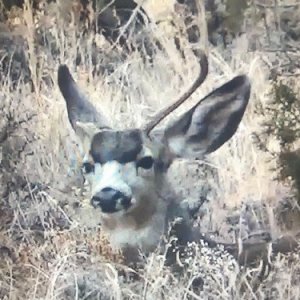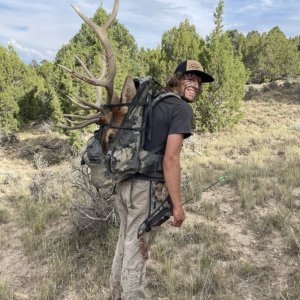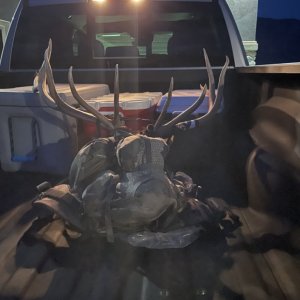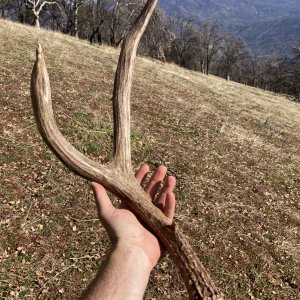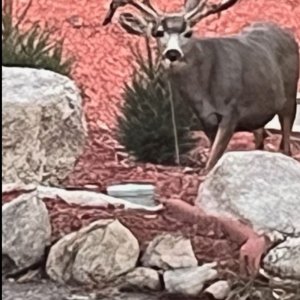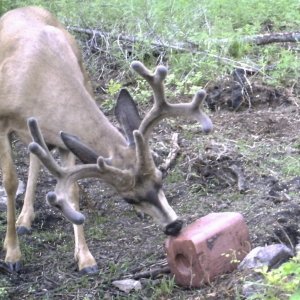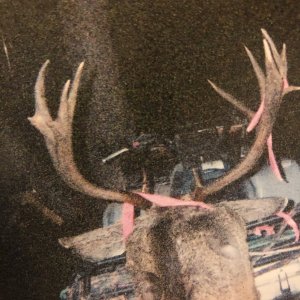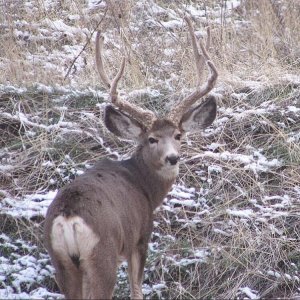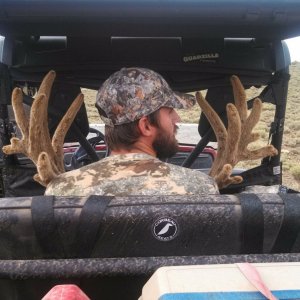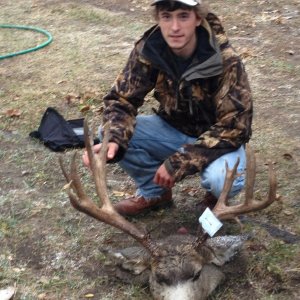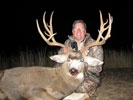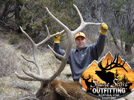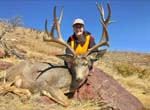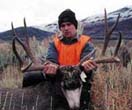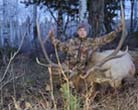elkassassin
Long Time Member
- Messages
- 37,090
From What I Understand From What You've Been Boasting Niller?
When Somebody Shoots A Buck!
That Kills One Buck & One Buck Only According To Your Smarts In Biology?
So?
Let's Ask This:
When Somebody Shoots a Doe!
On Average,How Many Deer Did They Just Kill In The Long Run?
I Know There's Lots Of Variables!
Maybe JakeH Might Know The Number From Him Studying The DWR's Studies? (If They've Studied It?)
Maybe Somebody-Else Knows?
Like I Said!
I'm Looking For An Average!
I'm Not Trying To Ruffle Your Feathers Again Niller!
Just Wondering If All You PRO MM Biologists Have A Number You Can All Agree On?
When Somebody Shoots A Buck!
That Kills One Buck & One Buck Only According To Your Smarts In Biology?
So?
Let's Ask This:
When Somebody Shoots a Doe!
On Average,How Many Deer Did They Just Kill In The Long Run?
I Know There's Lots Of Variables!
Maybe JakeH Might Know The Number From Him Studying The DWR's Studies? (If They've Studied It?)
Maybe Somebody-Else Knows?
Like I Said!
I'm Looking For An Average!
I'm Not Trying To Ruffle Your Feathers Again Niller!
Just Wondering If All You PRO MM Biologists Have A Number You Can All Agree On?

